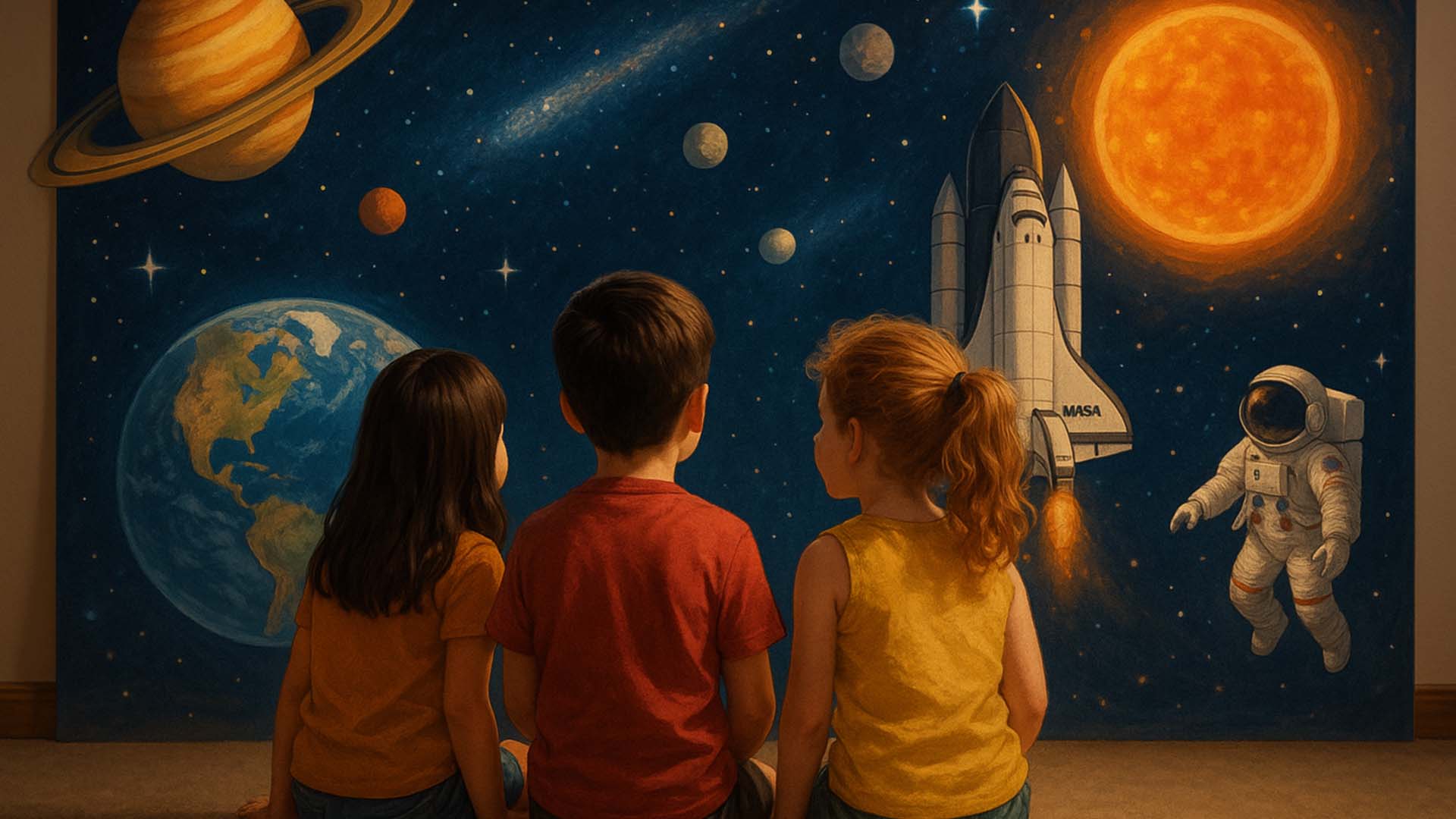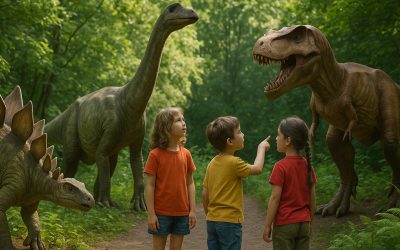Embark on an exciting journey through the cosmos as we explore the vastness of space, uncover the secrets of distant galaxies, and learn about the incredible missions of NASA. Space is a place of endless wonder and discovery, and you don’t have to be a rocket scientist to start exploring it. Whether you’re dreaming of becoming an astronaut or are simply curious about the stars, this guide is your launchpad into the universe.
From the fiery surface of the Sun to the icy plains of Pluto, our solar system is filled with incredible sights. But the universe is much bigger than that! With more stars in the universe than grains of sand on all the beaches on Earth, there are countless mysteries waiting to be solved [1]. Join us as we blast off on an adventure to learn about space exploration and the amazing discoveries being made every day.
Our Incredible Solar System
Our solar system is a fascinating place, with a variety of planets, moons, and other celestial bodies. Did you know that one million Earths could fit inside the Sun? And the Sun is just an average-sized star! [1] While we can’t walk on planets like Jupiter, Saturn, Uranus, or Neptune because they have no solid surface, we have sent robotic explorers to learn more about them [1].
For a long time, scientists believed Earth was the only planet with liquid water. However, NASA has found strong evidence of intermittent running water on Mars, which is a very exciting discovery in the search for life beyond our planet [1]. And if you think a trip to the beach is long, imagine flying to Pluto! A plane trip to the dwarf planet would take more than 800 years [1].
NASA’s Amazing Missions
NASA, the U.S. space agency, is constantly exploring our universe. They send astronauts and robots to space to gather information and help us understand our place in the cosmos. NASA’s missions have taught us so much, from the composition of distant stars to the geology of Mars. You can follow along with their latest adventures and even play games on the NASA Kids’ Club and NASA Space Place websites.
“The Earth is the cradle of humanity, but mankind cannot stay in the cradle forever.” – Konstantin Tsiolkovsky, Russian rocket scientist
This famous quote reminds us that exploring space is part of our human destiny. NASA is working on exciting new missions to send humans back to the Moon and eventually to Mars. These missions will help us learn even more about our universe and our potential to live on other worlds.
Q&A: Your Space Questions Answered
Q: What is space junk?
A: Space junk is any human-made object orbiting Earth that no longer has a purpose. This includes old satellite parts and even tools dropped by astronauts. Scientists estimate there are about 500,000 pieces of space junk orbiting our planet [1].
Q: How big are asteroids?
A: Asteroids come in all sizes. An asteroid about the size of a car enters Earth’s atmosphere about once a year, but it burns up before it can reach the ground. The largest known mountain in our solar system is on an asteroid named Vesta and is three times taller than Mount Everest [1]!
Q: What color is a sunset on Mars?
A: While our sunsets are a beautiful mix of red, orange, and yellow, the sunset on Mars appears blue [1]. This is due to the way the fine dust particles on Mars scatter the sunlight.
Sources
[1] National Geographic Kids. (n.d.). 10 Facts about Space! Retrieved from https://www.natgeokids.com/uk/discover/science/space/ten-facts-about-space/
[2] NASA. (n.d.). NASA Kids’ Club. Retrieved from https://www.nasa.gov/learning-resources/nasa-kids-club/
[3] NASA. (n.d.). NASA Space Place. Retrieved from https://spaceplace.nasa.gov/








0 Comments